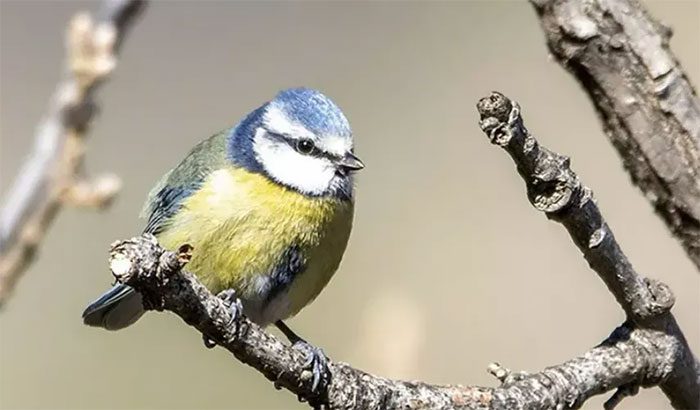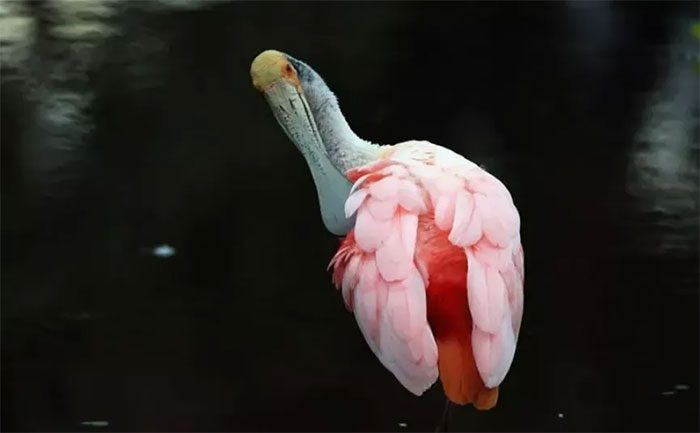Climate change is causing bird species to lose their vibrant colors. Specifically, these changes are dulling the striking plumage of our feathered friends, which often rely on colorful feathers to attract mates.
There are also concerns that this phenomenon is leading to a decrease in the number of new young birds.
Rising Temperatures Dull Feather Colors
Characteristics in birds, such as color, serve as signals to other birds about their individual value; even humans look at bird colors to assess breeding quality and health.
Findings are based on the iconic blue plumage of the blue tit, known for its bright blue crown and yellow breast. Two populations of these birds in southern France—one in the suburbs of Montpellier and another in Corsica—were monitored for 15 years, revealing an average reduction in color intensity in both groups from 2005 to 2019.

Climate change is causing bird species to lose their vibrant colors.
The lead author of the study, Lopez-Idiaquez, stated that the research indicates environmental changes, particularly climate change, could be the main reason for changes in body characteristics, brightness, and color intensity in species like the blue tit. Another negative trend observed was the brightness and color intensity reduction in both sexes and populations, which is more closely related to climate.
The change in feather color appears to be a combined result of rising temperatures (approximately 1.23 degrees Celsius) and decreased rainfall (0.64 mm), making climate change a potential underlying cause of this difference.
Additionally, there are differences in coloration between sexes in birds, known as “sexual dichromatism.” Darwin previously observed the preference of females for bright colors in males, which became a part of his “theory of evolution.”
Impact on Bird Survival
Each year during this long-term study, all breeding blue tits were collected, resulting in over 5,800 observations of color and other characteristics. The diversity of colors in bird species is one of nature’s aesthetic wonders, but changes in feather coloration make the world significantly less vibrant.

Rising temperatures threaten the survival of rare bird species.
The research team also warns that this color change impacts mating patterns among species, putting their presence at risk. When there are other changes in their habitat, animals may undergo genetic changes, or their physical characteristics may also change, leading to migration or even complete disappearance of bird species.
Lopez-Idiaquez emphasizes that it is important to note that this change is not due to genetics but is one of the ways to adapt to new environmental conditions. Like humans, who are struggling with global warming, birds are also facing similar challenges.
Other studies have shown that bird species are adapting to global warming by shedding distinct features. They are changing their shapes—for example, developing larger beaks to help regulate body temperature.





















































